Division of Decimal Fractions by Multiples
This topic would deal with division of decimals by multiples. That means we need to divide decimal fractions by multiples of 10 like 10, 20, 30. 40, 50……etc. Or division by multiples of 100 that is 100, 200, 300, 400, 500,…. and likewise. In case of division by the multiple of 1000 the division would be like 1000, 2000, 3000 and so on. We will learn about each of them.
For example:
346.8 ÷ 30
Solution:
346.8 ÷ 30
= 346.8/30
This can also be written as
= 346.8/(3 × 10)
We can also write it as;
= (346.8/3) × (1/10)
Now we will divide 346.8 by 3 first
= 115.6
Now, 115.6 × (1/10)
Now since it is actually division by 10 the decimal point will move 1 place to the left. Hence the decimal will be placed after 11. That means
= 11.56
Here are few more examples to illustrate the division of decimal fractions by multiples
1. 8582.32 ÷ 400
Solution:
8582.32 ÷ 400
= 8582.32/400
= 8582.32/ (4 × 100)
= (8582.32/4) × (1/100)
Now we will divide 8582.32 by 4 first
= 2145.58
Now, 2145.58 × (1/100)
=it is actually division by 100 the decimal point will move 2 places to the left. Hence the decimal will be placed after 1. That means
= 21.4558
2. 28984.25 ÷ 5000
Solution:
28984.25 ÷ 5000
= 28984.25/5000
= 28984.25 / (5 × 1000)
= 28984.25/5 × (1/1000)
So, first divide 28984.25 by 5
= 5796.25
Therefore, now 5796.25 × (1/1000)
That is actually 5796.25 divided by 1000. As there are three zeros in thousand hence the decimal point will move three places to the left. That is
= 5.79625
3. 771.84 ÷ 600
Solution:
771.84 ÷ 600
= 771.84/600
= 771.84 / (6× 100)
= 771.84/6 × (1/100)
Hence we need to first divide 771.84 by 6
= 128.64
Now we actually need to divide 128.64 by 100 and hence the decimal point will move 2 places to the left as there are 2 zeros in 100. That is
= 1.2864
4. 96.35 ÷ 50
Solution:
96.35 ÷ 50
= 96.35/50
= 96.35/ (5 × 10)
= 96.35/5 × (1/10)
Now we will first divide 96.35 by 5
= 19.27
Now we need to divide 19.27 by 10. The decimal point will move one place to the left. That is the answer will be
= 1.927
5. 170.46 ÷ 300
Solution:
170.46 ÷ 300
= 170.46/300
= 170.46/ (3 × 100)
= 170.46/3 × (1/100)
Hence first we need to divide 170.46 by 3
= 56.82
Now we need to actually divide 56.82 by 100. There are 2 zeros in 100 hence the decimal point will move 2 places to the left. That is the answer will be
= 0.5682
In this way we can solve these divisions by multiples by first dividing the decimal with whole number and then with the answer by 10, 100 or 1000 as asked in the question
From Division of Decimal Fractions by Multiples to HOME PAGE
Recent Articles
-
What Is Plasma? | Blood Plasma | Proteins | Nutrients | Cholesterol
Nov 07, 25 10:29 AM
Blood is a mobile fluid which is a connective tissue and is derived from the mesoderm like cell any other connective tissue. Colour of blood is reddish and that flows inside the blood vessels by means… -
Disorders of Respiratory System | Tuberculosis | Pleurisy | Emphysema
Oct 28, 25 11:39 PM
Tuberculosis is very common disease and is caused by a type of bacteria called Mycobacterium tuberculosis. This disease causes different trouble in the respiration and infection of several parts of th… -
Regulation of Respiration | Respiratory Centres | Inspiratory Area |
Oct 14, 25 12:13 AM
Respiratory Centre is the area that controls the rate of respiration and it is observed to be located in medulla oblongata and pons. Respiratory Centre has the following will dispersed components like… -
Explain Transport of Gases | External Respiration | Tissue Respiration
Oct 09, 25 11:35 PM
In humans gaseous exchange is completed in the following ways the steps are - External Respiration or Breathing - Breathing in false taking in of Oxygen and giving out of carbon dioxide in the body. M… -
Kind and Number of Teeth | Location of Teeth in Mouth | Care of Teeth
Sep 11, 25 12:52 AM
Kind and Number of Teeth
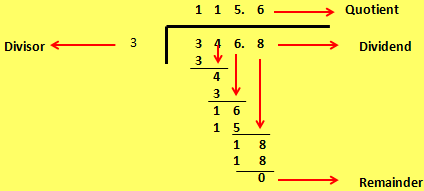
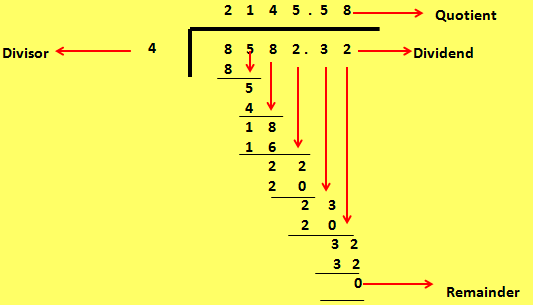
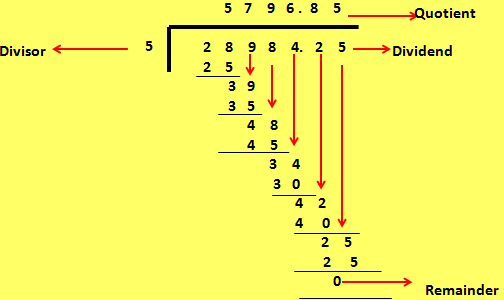
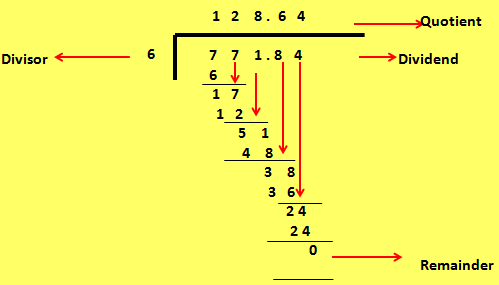
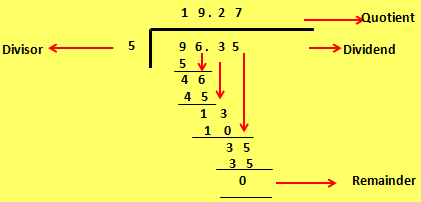
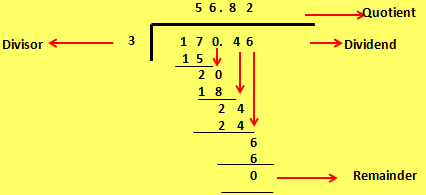





New! Comments
Have your say about what you just read! Leave me a comment in the box below.